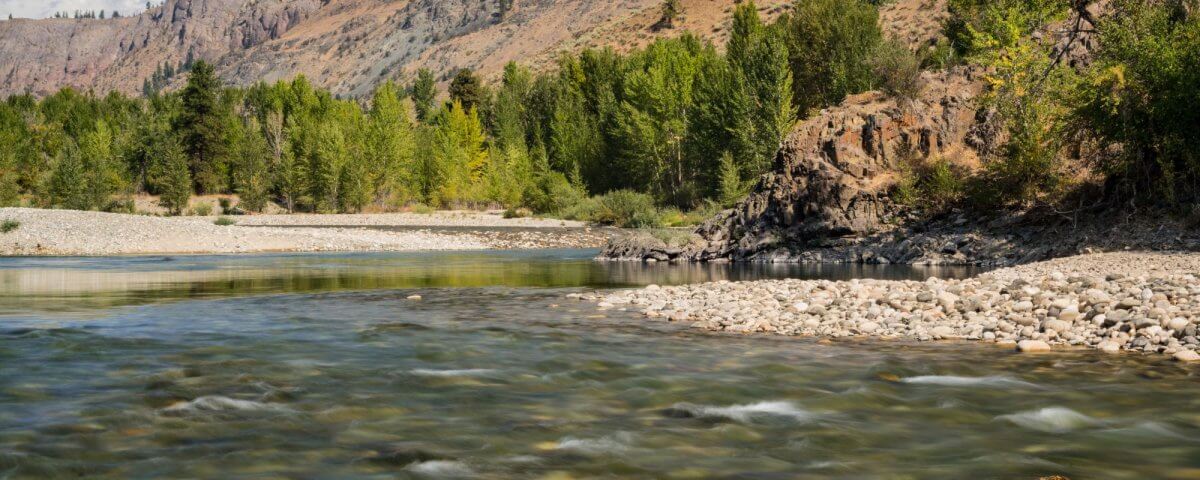The Methow Summer that Didn’t Want to End

Welcome Anna!
October 23, 2022
MVCC Hires New Deputy Director
November 3, 2022What an Unpredictable Water Supply Might Look Like
A resident’s observations of the Methow Valley’s precipitation in 2022 might read like this:
January 6: BIG dump of snow–2 feet in places. All day spent shoveling.
Rest of January-February: No snow. I thought this was a La Nina?
March-June: Brrrr…. one of the wettest, coolest springs on record. Forgot for a month or two that we live east of the Cascades.
Around July 4th: Tremendous rains. Flash floods rip through burn scars, creeks run chocolate.
Late July-early August: Awfully hot. River days or AC a must.
August-October: Desert dry and warm. Almost like the climate couldn’t remember that our latitude was 48 degrees. Dreaded smoke creeps in and sticks around.
End October-December: Normalcy? What is normal again?
If you evaluated our year’s weather only on our average temperature and precipitation over the last ten months it would look like a pretty normal year (normal mean temperature, 89th percentile precipitation). However, if you zoom in and look at all the anomalous weather events stacked up through the year our weather looks quite topsy-turvy. The last 3 months were 3.4 degrees above average (you too can geek out on climate mapping here.) Even though we had a cold, wet spring, the prolonged summer meant that we were still threatened by fires and exposed to smoke late into the season. Combine the spring of 2021 (very dry!) with the fall of 2022 and water supplies would be under serious strain.
The Methow Valley Climate Action Plan identifies that we should be prepared for significant changes in how and when our precipitation falls. If we receive more rain instead of snow, we won’t carry our water as far into the hot, dry season. If spring or summer or fall are especially warm, the rivers and aquifers will drop earlier in the year. Already Okanogan County aquifers are expected to decrease by 25% in saturated thickness in the next 10 years.
“The time to plan for drought is now,” Greg Knott, Methow Watershed Council member said in his Living River film. We couldn’t agree more. The unpredictability ahead of us is why we’ve collected together the thoughts of experts and knowledge holders in our Living River Film Series. It is why MVCC is working proactively in the face of increased development and less reliable water supply to make sure we have enough water to support what our community values: healthy fish and wildlife populations, strong local agriculture, and thriving small towns. We encourage you to learn more about our water work on our website and to send off the online petition to our state senators, letting them know that we care and are concerned about the future of our water.


